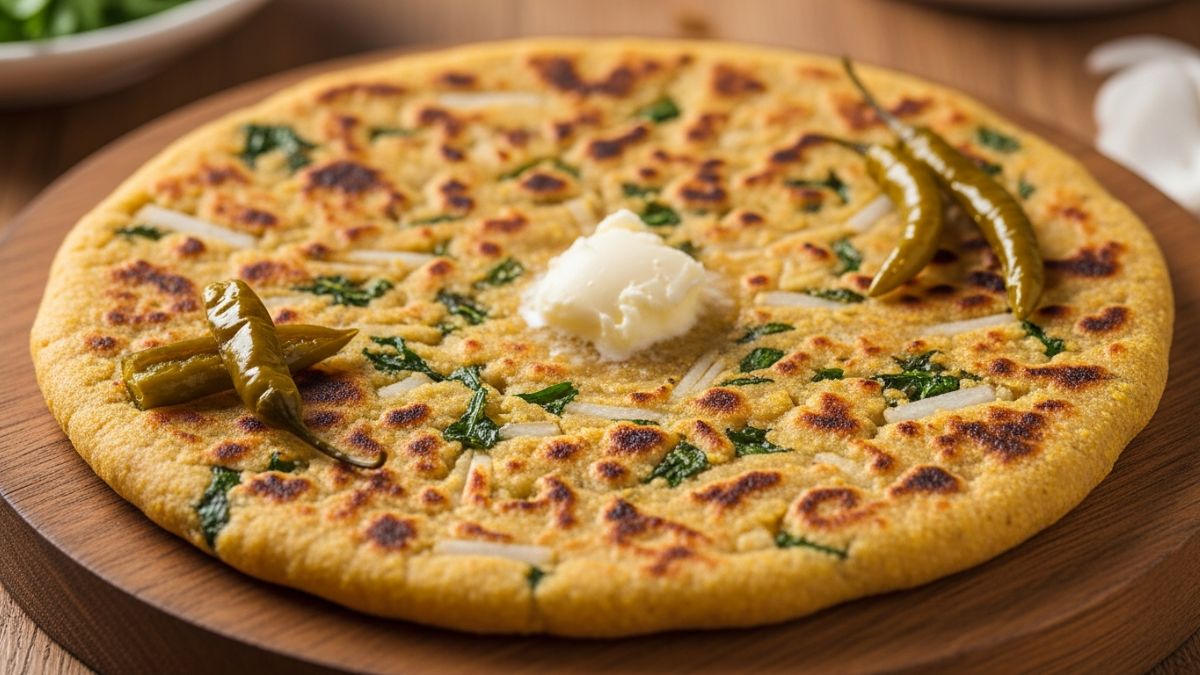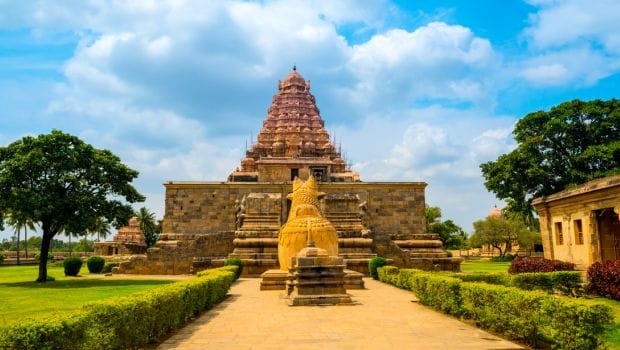The best time to visit some of Tamil Nadu’s legendary temples that have stood the test of time, is at daybreak. I still remember my last visit to the Meenakshi Temple, the pride of Madurai with its imposing Gopurams (temple towers) that included a fascinating walking trail around the temple. Soon after the trek around the temple, I checked into one of the temple’s Prasadam (Prasad in Hindi) stalls that serve 7 varieties of prasadam every day. The temple’s kitchen makes delicious puliyodharai, murukku (chaklis) ladoos and puttu once a week. Divine food – that’s a fitting description for some of the delicacies that are prepared with love and devotion in many of Tamil Nadu’s ancient and modern temples. Food that is always offered to the presiding deity before being made available to lesser mortals in most cases through the temple canteens or souvenir shops.(10 Best Tamil Recipes)

Some of these dishes are steeped in history while many of these special dishes are part of popular culture (like the Tirupathi ladoo from neighbouring Andhra Pradesh). The recipe for success is usually the same. It hasn't changed over a long period of time - high quality ingredients and large scale cooking with wood fires. But the X-factor is probably the devotion and dedication of cooks at the Madapallis, the temple kitchens. We pick eight temples in Tamil Nadu that are not just popular with devotees but also for their divine food:
1. The Sakkarai (Sweet) Pongal at the Parathasarathy Temple: This 8th Century Pallava-era temple located in Triplicane in the heart of Chennai is one of the city’s most visited temples. The temple’s time-tested recipe for its rich Sweet Pongal includes 700 grams of ghee and 400 grams of cashew nuts for every 2 kilograms of rice.
 Photo Credit: www.instagram.com/elephantsncoconuttrees
Photo Credit: www.instagram.com/elephantsncoconuttrees
2. The Pongal at the Nanganallur Anjaneya Temple: This relatively new temple in Chennai is home to one of the tallest Hanuman statues (32 feet). A morning darshan of the temple’s iconic Hanuman statue is usually rewarded with a cup of piping hot Pongal that is given to all visitors. The Pongal is not greasy and gets its subtle flavours from the peppercorns and jeera.
 Photo Credit: www.instagram.com/chakarapongal 3. Sambara Dosa at the Ranganthasamy Temple, Srirangam: I still remember family members returning from Srirangam (near Trichy) during the auspicious Tamil month of Marghazi (December-January) with delicacies like the Sellur Appam specially made during this month. The temple’s famous thick Sambara dosai is available around the year and features a hint of dry ginger powder and peppercorns.(10 Best Chutney Recipes for Dosa)
Photo Credit: www.instagram.com/chakarapongal 3. Sambara Dosa at the Ranganthasamy Temple, Srirangam: I still remember family members returning from Srirangam (near Trichy) during the auspicious Tamil month of Marghazi (December-January) with delicacies like the Sellur Appam specially made during this month. The temple’s famous thick Sambara dosai is available around the year and features a hint of dry ginger powder and peppercorns.(10 Best Chutney Recipes for Dosa)  4. The Milagu (Pepper) Vada at the Alwarpet Anjaneyar Temple: It’s a tradition to offer Lord Hanuman garlands strung together with pepper vadas. These vadas have a longer shelf life than the conventional vada served at breakfast and are thin and crisp. The Milagu Vada at this busy Hanuman temple in Chennai is amongst the city’s favourite vadas.
4. The Milagu (Pepper) Vada at the Alwarpet Anjaneyar Temple: It’s a tradition to offer Lord Hanuman garlands strung together with pepper vadas. These vadas have a longer shelf life than the conventional vada served at breakfast and are thin and crisp. The Milagu Vada at this busy Hanuman temple in Chennai is amongst the city’s favourite vadas.
 Photo Credit: www.instagram.com/aaaadeba
Photo Credit: www.instagram.com/aaaadeba
5. The Panchamirtham at Pazhani Temple: This temple is among the Aaru Padai Veedu (Six holy abodes of Murugan) and is world famous for its Panchamirtham, one of the oldest preserves or fruit mixes. Bananas, ghee, seedless dates, cardamom and sugar candy come together in this preserve which tastes better with time and doesn't require refrigeration.
 Photo Credit: www.instagram.com/rakskitchn6. Salt Free Delicacies at the Uppliappan Temple near Kumbakonam: This 8th Century medieval Chola temple is surrounded with legends about its presiding deity – Uppliappan (an incarnation of Lord Vishnu who is believed to have eaten food without any salt – hence the name). The neiveitheyam (food offering) – the curd rice and vada are very popular, are all prepared without salt and are yet very tasty. 7. Tamarind rice at the Brihadeeshwara Temple, Thanjavur: Sunset at this glorious 1000-year old Chola temple is one of the most spectacular sights in Tamil Nadu. Once you visit the main shrine and take in the sunset, head straight to the temple canteen and buy a portion of the tamarind rice. Despite the large crowds it’s still possible to find a quiet corner where you can savour the tamarind rice and other delicacies from the temple kitchen.(10 Most Popular South Indian Rice Dishes)
Photo Credit: www.instagram.com/rakskitchn6. Salt Free Delicacies at the Uppliappan Temple near Kumbakonam: This 8th Century medieval Chola temple is surrounded with legends about its presiding deity – Uppliappan (an incarnation of Lord Vishnu who is believed to have eaten food without any salt – hence the name). The neiveitheyam (food offering) – the curd rice and vada are very popular, are all prepared without salt and are yet very tasty. 7. Tamarind rice at the Brihadeeshwara Temple, Thanjavur: Sunset at this glorious 1000-year old Chola temple is one of the most spectacular sights in Tamil Nadu. Once you visit the main shrine and take in the sunset, head straight to the temple canteen and buy a portion of the tamarind rice. Despite the large crowds it’s still possible to find a quiet corner where you can savour the tamarind rice and other delicacies from the temple kitchen.(10 Most Popular South Indian Rice Dishes)  Photo Credit: www.instagram.com/i_sritulasi
Photo Credit: www.instagram.com/i_sritulasi
8. The Curd Rice at the Jagannatha Perumal Temple, Thirumizhsai: Curd rice is commonly referred to Thair Satham or Dodyonam and this is an integral part of the Neivethiyam (food offering) to deities in many temples in Tamil Nadu. A combination or curd, rice and spices (used for tempering) are used to ensure the rice doesn't turn sour even after a few hours. This temple, just off the Chennai-Bengaluru highway, serves delicious curd rice. Photo Credit: www.instagram.com/sid_posts
Photo Credit: www.instagram.com/sid_posts
About the Author:Ashwin Rajagopalan is a Chennai-based writer who writes on topics related to food, gadgets, trends and travel experiences. He enjoys communicating across cultures and borders in his weekday work avatar as a content and editorial consultant for a global major and one of India's only cross cultural trainers.Disclaimer:The opinions expressed within this article are the personal opinions of the author. NDTV is not responsible for the accuracy, completeness, suitability, or validity of any information on this article. All information is provided on an as-is basis. The information, facts or opinions appearing in the article do not reflect the views of NDTV and NDTV does not assume any responsibility or liability for the same.

Some of these dishes are steeped in history while many of these special dishes are part of popular culture (like the Tirupathi ladoo from neighbouring Andhra Pradesh). The recipe for success is usually the same. It hasn't changed over a long period of time - high quality ingredients and large scale cooking with wood fires. But the X-factor is probably the devotion and dedication of cooks at the Madapallis, the temple kitchens. We pick eight temples in Tamil Nadu that are not just popular with devotees but also for their divine food:
1. The Sakkarai (Sweet) Pongal at the Parathasarathy Temple: This 8th Century Pallava-era temple located in Triplicane in the heart of Chennai is one of the city’s most visited temples. The temple’s time-tested recipe for its rich Sweet Pongal includes 700 grams of ghee and 400 grams of cashew nuts for every 2 kilograms of rice.
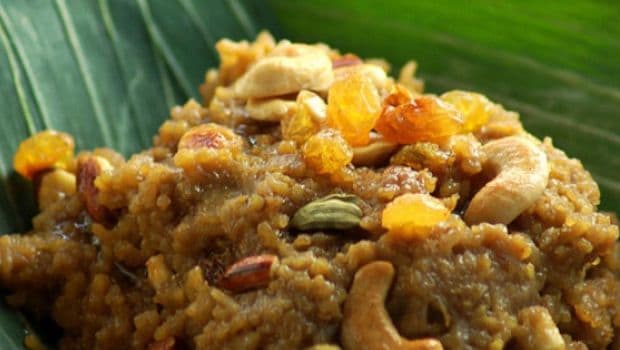 Photo Credit: www.instagram.com/elephantsncoconuttrees
Photo Credit: www.instagram.com/elephantsncoconuttrees2. The Pongal at the Nanganallur Anjaneya Temple: This relatively new temple in Chennai is home to one of the tallest Hanuman statues (32 feet). A morning darshan of the temple’s iconic Hanuman statue is usually rewarded with a cup of piping hot Pongal that is given to all visitors. The Pongal is not greasy and gets its subtle flavours from the peppercorns and jeera.
 Photo Credit: www.instagram.com/chakarapongal
Photo Credit: www.instagram.com/chakarapongal 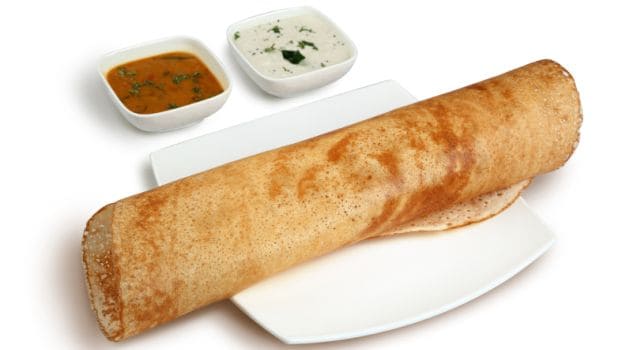
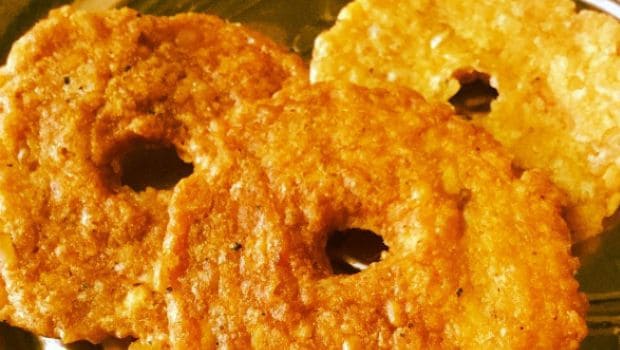 Photo Credit: www.instagram.com/aaaadeba
Photo Credit: www.instagram.com/aaaadeba5. The Panchamirtham at Pazhani Temple: This temple is among the Aaru Padai Veedu (Six holy abodes of Murugan) and is world famous for its Panchamirtham, one of the oldest preserves or fruit mixes. Bananas, ghee, seedless dates, cardamom and sugar candy come together in this preserve which tastes better with time and doesn't require refrigeration.
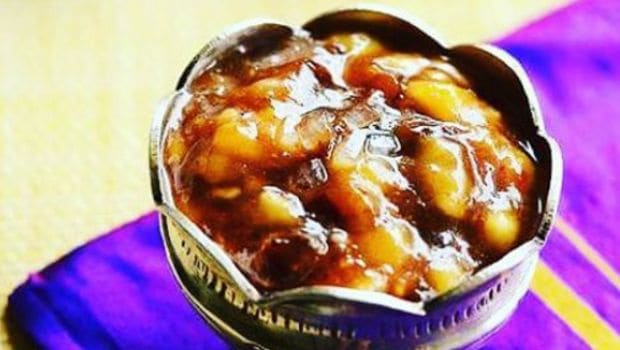 Photo Credit: www.instagram.com/rakskitchn
Photo Credit: www.instagram.com/rakskitchn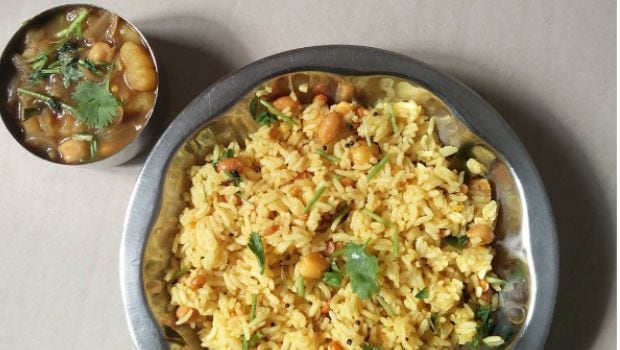 Photo Credit: www.instagram.com/i_sritulasi
Photo Credit: www.instagram.com/i_sritulasi8. The Curd Rice at the Jagannatha Perumal Temple, Thirumizhsai: Curd rice is commonly referred to Thair Satham or Dodyonam and this is an integral part of the Neivethiyam (food offering) to deities in many temples in Tamil Nadu. A combination or curd, rice and spices (used for tempering) are used to ensure the rice doesn't turn sour even after a few hours. This temple, just off the Chennai-Bengaluru highway, serves delicious curd rice.
 Photo Credit: www.instagram.com/sid_posts
Photo Credit: www.instagram.com/sid_postsAbout the Author:Ashwin Rajagopalan is a Chennai-based writer who writes on topics related to food, gadgets, trends and travel experiences. He enjoys communicating across cultures and borders in his weekday work avatar as a content and editorial consultant for a global major and one of India's only cross cultural trainers.Disclaimer:The opinions expressed within this article are the personal opinions of the author. NDTV is not responsible for the accuracy, completeness, suitability, or validity of any information on this article. All information is provided on an as-is basis. The information, facts or opinions appearing in the article do not reflect the views of NDTV and NDTV does not assume any responsibility or liability for the same.
Advertisement
About Ashwin RajagopalanI am the proverbial slashie - a content architect, writer, speaker and cultural intelligence coach. School lunch boxes are usually the beginning of our culinary discoveries.That curiosity hasn’t waned. It’s only got stronger as I’ve explored culinary cultures, street food and fine dining restaurants across the world. I’ve discovered cultures and destinations through culinary motifs. I am equally passionate about writing on consumer tech and travel.




